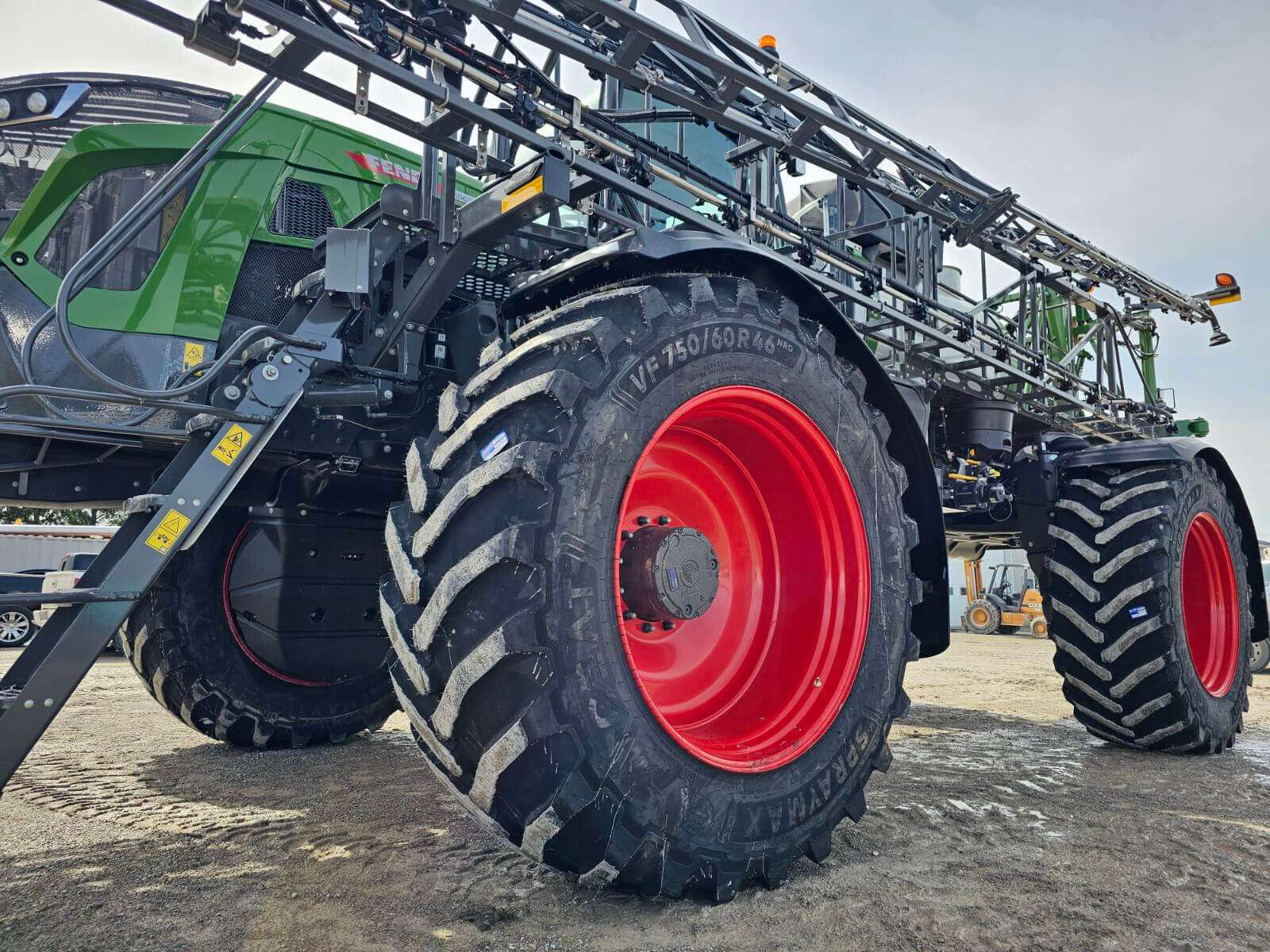ceat-speciality:blogs-tags/all,ceat-speciality:blogs-tags/technology
What are the Environmental Benefits of Micro-Grids in Agriculture?
Sat, 24 Jun 2023 | PRODUCTS
Micro-grids in agriculture offer several benefits that contribute to sustainability and environmental impact reduction.
Taking a thorough look at farming and ranching, it’s difficult not to think about the environmental impact these sectors have and can have. With the rising concerns about climate change and the need for sustainable practices, people are thinking about new and innovative ways to ensure that their agricultural practices are both profitable and eco-friendly.
One such innovation gaining attention is the use of micro-grids. Let’s take a closer look at the various environmental benefits of micro-grids in agricultural practices:
- Renewable Energy Integration: Agriculture micro-grids often incorporate renewable energy sources such as solar, wind, or small-scale hydroelectric power. By utilizing clean and renewable energy, micro-grids reduce greenhouse gas emissions associated with conventional fossil fuel-based energy generation.
- Reduced Emissions: Micro-grids can replace or reduce reliance on diesel generators or grid-connected electricity, which often rely on fossil fuels. By reducing the use of these polluting energy sources, micro-grids help to mitigate air pollution and decrease emissions of greenhouse gasses and harmful pollutants like sulfur dioxide, nitrogen oxides, and particulate matter.
- Energy Efficiency: Micro-grids enable localized and decentralized energy generation, reducing transmission and distribution losses that typically occur in large-scale centralized power systems. This increased energy efficiency conserves resources and minimizes energy waste.
- Optimal Resource Allocation: Micro-grids in agriculture can integrate energy storage systems such as batteries, which enable better management of intermittent renewable energy sources. This ensures a more stable and reliable power supply, reducing the need for backup diesel generators and optimizing renewable energy resources.
- Grid Resilience and Reliability: Micro-grids enhance agricultural operations’ resilience by creating localized energy networks that can operate independently from the main grid during power outages or disruptions. This capability improves energy supply reliability and reduces vulnerability to climate-related events or other natural disasters.
- Water Conservation: Micro-grids can significantly support efficient water management in agriculture by powering irrigation systems using surplus power from the micro-grid. This allows for precision irrigation techniques such as drip irrigation or sensor-based systems, which minimize water wastage and promote water conservation.
- Sustainable Farming Practices: The use of micro-grids in agriculture encourages the adoption of sustainable farming practices, including organic farming, agroforestry, and regenerative agriculture. These practices can contribute to soil health, biodiversity conservation, carbon sequestration, and overall ecosystem sustainability.
Overall, micro-grids in agriculture promote the transition towards cleaner energy sources, reduce emissions, increase energy efficiency, improve resilience, and facilitate sustainable farming practices. By integrating renewable energy and enhancing resource management, micro-grids play a vital role in mitigating climate change and minimizing the environmental footprint of agricultural activities. Also, by minimizing the carbon footprint, improving local air quality, conserving natural resources, promoting biodiversity, and reducing energy waste, micro-grids help farmers and ranchers operate in an eco-friendly and sustainable way. On top of being environmentally beneficial, micro-grids are also economically viable and can be a profitable investment for farmers and ranchers in the long run.






















